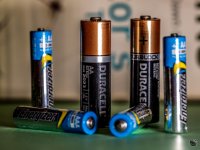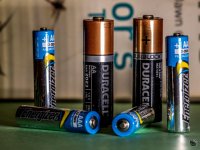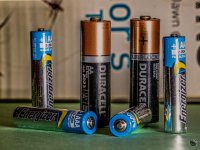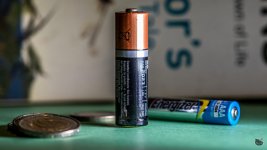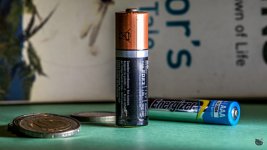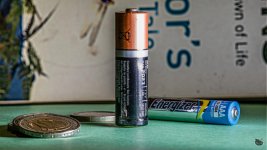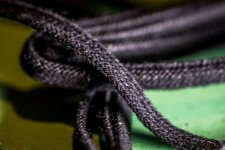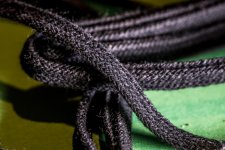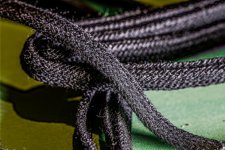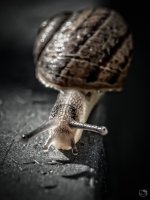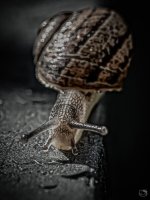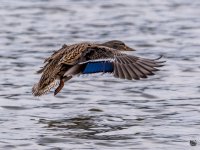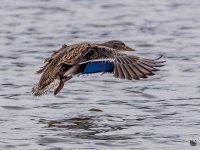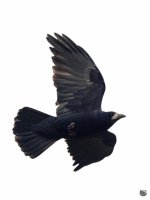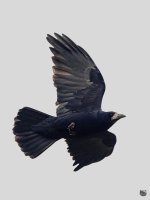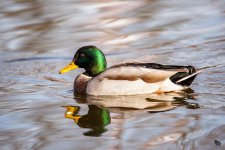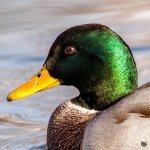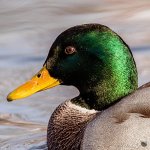Big question - do you understand what each of the blending modes actually does? Blending is all about math, and without applying masks it's going to do what it's going to do with no concern over DoF or anything else photography related.
Here's a chart from a Lynda.com course that shows what goes on mathematically for each blending mode (if you're not math-minded, don't even bother, just skip past it)...
(mods, you're concerned with my showing this IP here then please delete it - everyone else, I can't recommend enough that you take the time to enroll in Lynda.com at some point and watch this course, Photoshop Masking and Compositing - Advanced Blending, it will open your eyes regarding what blending does)
A is the 0-255 value of the active layer pixel,
B is the 0-255 value of the background pixel value, each taken as the percentage of 255 (i.e. if the A value is 100 then you divide 100 by 255 and get 0.3921) as using the actual value will almost always yield something outside the 0-255 range). You simply plug the values into the formula, with anything > 1 being represented as 1 and anything less than 0 as 0, and then reinterpret the result by multiplying by 255 again.
(The mathematically challenged can pick it up here again...)
Most of these are very harsh and need to be tamed in some way to be usable, so I almost always use layer masks to limit the effect in specific areas or adjust the Opacity/Fill. The use of the Opacity and Fill sliders will fine tune just how much of an impact the blend mode has. In most situations Opacity and Fill do the exact same thing, but in the chart above you will see exclamation points next to some of the modes -
these are the modes where Opacity and Fill operate differently. When blending in those modes, try reducing Fill instead of Opacity as it tends to have a much more pleasing result.
So, J-See, with your photos what you're getting is a pseudo-focus stacking effect that has none of the advantages of focus stacking. Each pixel value is mathematically determined with
absolutely no consideration given to the pixel next to it. If you used a focus stacking technique then the PS engine would consider that and you would not get the bizarre combination of blurred and sharp pixels. I have to be honest and say that I didn't read the entire thread with an eye to understand precisely what you're trying to accomplish, only the first post. I hope the explanation of precisely what blend modes do has helped at least explain why you're seeing what you're seeing. In every case there's a crossover where the math in the blend mode yields something more akin to the sharper photo pixel, and then toggles back, looking like a sharpened image, but leaving a soft halo around it. Whenever you have 2 very similar, and yet distinctly different images to blend you can never tell precisely what you're going to get. I've never had great success using images like that and instead prefer to blend different treatments of the exact same image - and even the same image with itself, more times than not with a mask on certain portions.
Hope this helps folks.
